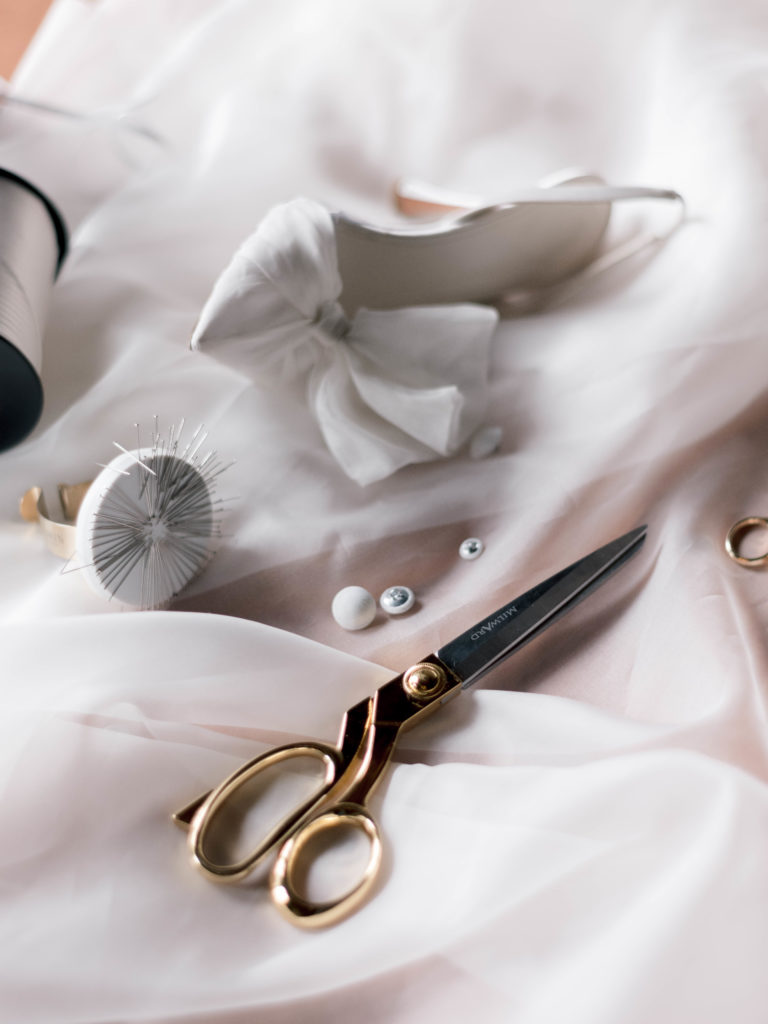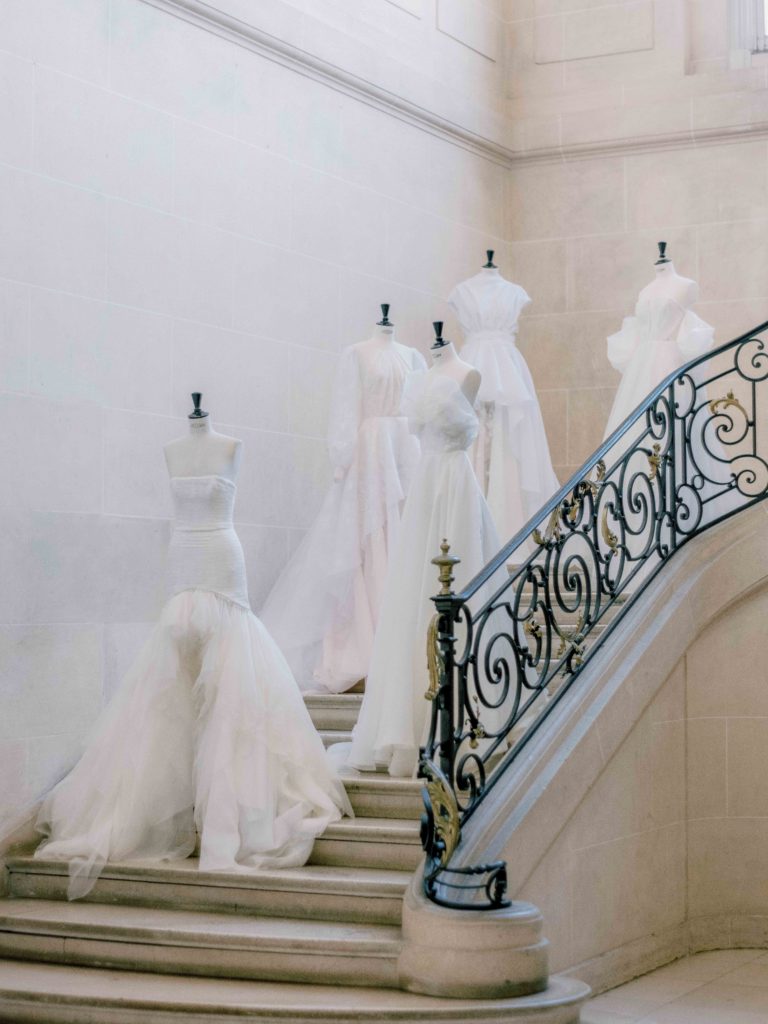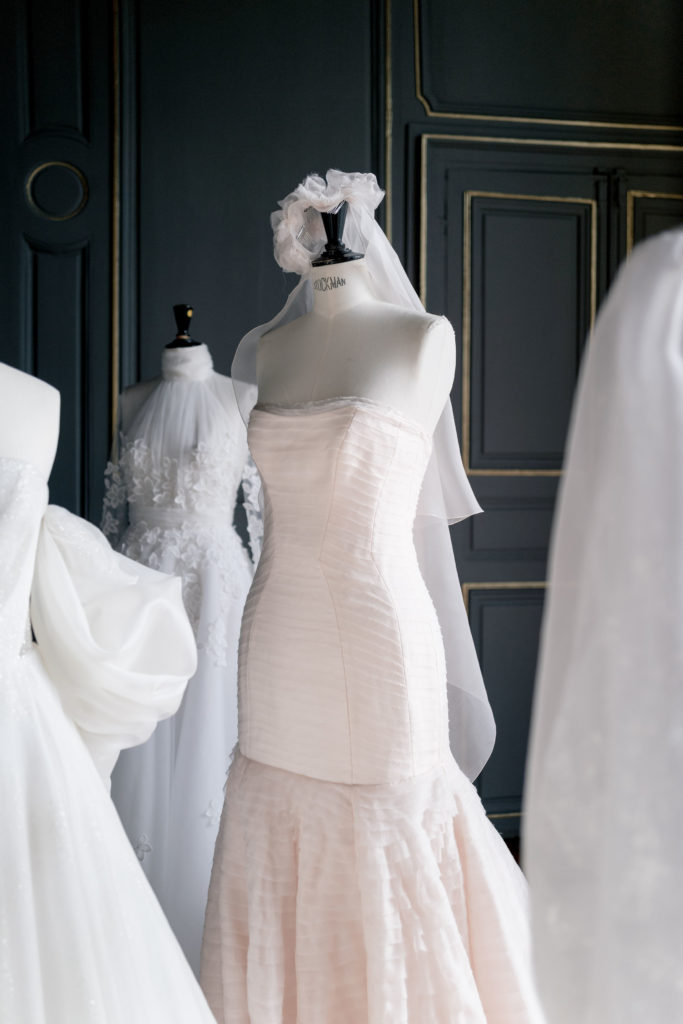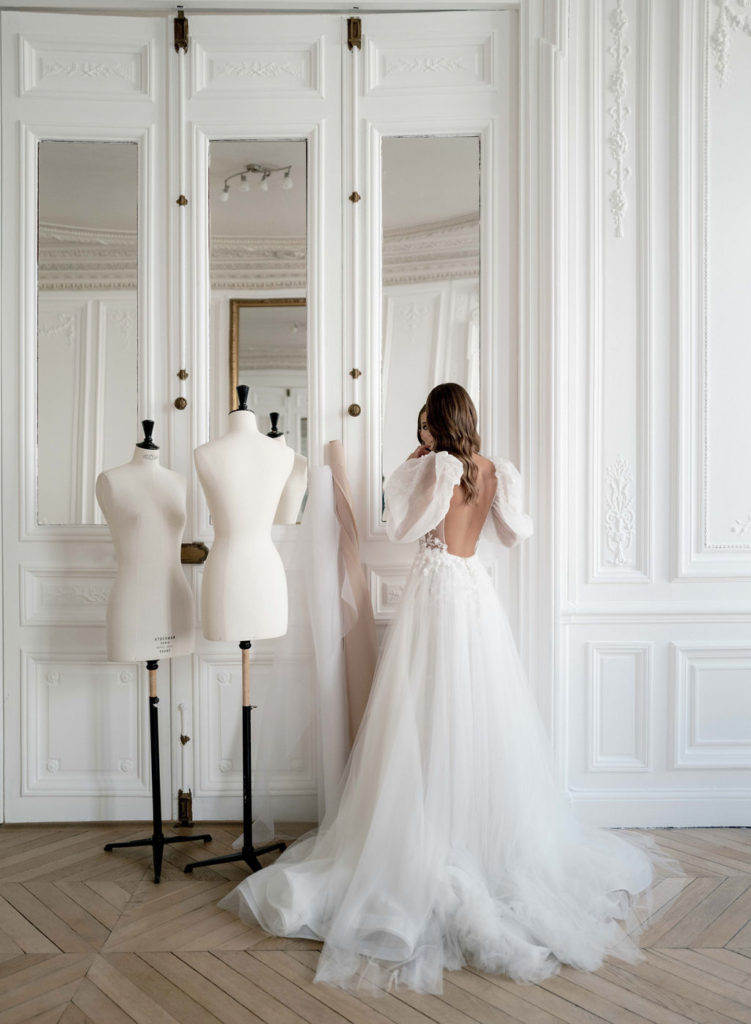As the big day approaches, the majority of brides find themselves in need of certain wedding dress alterations to ensure the perfect fit. Whether your dress requires taking up, your weight has fluctuated since you purchased your dress, or you simply want to make some minor tweaks, going through the alteration process can be nerve-wracking. Most brides require approximately two to three appointments to ensure the dress perfectly sculpts their body. Some boutiques have seamstresses who work in-house or if not, they should also be able to recommend somebody.

Every bride should have some form of alterations to her dress to ensure it fits her perfectly and is made just for her, even if they are the smallest amendments. Basic alterations include adjusting the hem, altering the sides of the gown, and general refining of the fit, particularly around the bust to ensure there is no unsightly gaping or overspill in any areas. Your wedding dress should sculpt and flatter every inch of you to make you feel the most beautiful version of yourself. It is important that it supports and shapes the bust area, complements your figure and the length should fall just below your shoes but not long enough that it runs the risk of tripping you up (not exactly the graceful entrance you are hoping to make!).

More intricate alterations (and thus more expensive and time-consuming) involve altering the overall style of the dress. These include modifications such as changing the neckline or sleeves, or any big additions including delicate beadwork or appliqués, increasing the train length, and incorporating or changing buttons. Be sure to allow lots of time for the more complex alterations and try to remember that if the dress requires some major structural changes, then it’s probably not the right one for you from the get-go. To help you navigate this important process of alterations, below are some helpful tips and guidance to consider when it comes to breaking out the pins and measuring tape!
Find a Reputable Seamstress or Tailor
If you are unable to find a seamstress through the bridal boutique where you have purchased your gown, it’s important to find a skilled seamstress or tailor who specializes in wedding dress alterations. Wedding dress alterations are vastly different to everyday alterations, the fabrics used in wedding dresses can be much finer and more delicate and wedding dresses are often also composed of several layers. Do some research by checking for customer reviews and recommendations, and schedule an appointment to discuss your specific needs. Ask friends or family who were recently married and see if they have anybody who they would recommend.

Plan Ahead
Allow plenty of time for alterations, especially if you have a custom-made dress or one with intricate beading or lace details. Basic alterations typically take anywhere from four to six weeks, so it’s best to make arrangements well in advance and have a clear idea of your timeline. Also, factor in that, it can take several months for your wedding dress to arrive at the boutique once you order it. Schedule your final fitting for one to two weeks before your wedding as your weight shouldn’t fluctuate too much between then and the big day.

Bring Your Shoes and Wedding Underwear
Shoes can significantly affect the length of your dress, so make sure to bring your wedding shoes to your alteration appointment. If you don’t yet have them, bring along a pair in the height which you see yourself wearing for the day. This will ensure that your dress is hemmed to the perfect length for your shoes. The same is to be said of your underwear, ensure you bring the items you plan to wear on the day, so any bras or shapewear. This will also allow you to get a real vision of how you will look on the wedding day itself. If you have any jewellery you have your heart set on wearing the day of, bring this also as a low-hanging necklace can affect the neckline and where it sits.

Be Realistic About Your Predicted Wedding Weight
Do not fall into the trap of ordering your dress in a much smaller size by means of motivation to lose weight. Remember, it is much easier to take a dress in than it is to let one out. Look for a built-in corset instead if you do anticipate that there may be a change in your weight, these can easily be tightened or loosened to provide the ideal fit. And bear in mind that the slinkier the dress, the more difficult it is to alter.

Communicate Your Vision
Your wedding dress should reflect your personality and style. Be clear about your vision for the dress, and don’t shy away from asking for adjustments until you’re completely satisfied with the final result. Prepare for additional costs Wedding dress alterations can be expensive, depending on the complexity of the modifications needed. Be prepared to pay extra for any additional services such as beadwork or a customized bustle. Also remember to include a cushion for alterations when planning your original dress budget, an expensive dress will instantly look cheapened if it is ill-fitting and left gaping or pulling in certain areas.

Avoid Last-Minute Changes
Major changes to the dress at the last minute can cause unnecessary stress and complications. Stick to your original alteration plan and avoid the temptation to make drastic changes just a few days before your wedding. I’ve heard of so many brides panicking about their choice in the final weeks but ask a friend or family member whose opinion you value and trust, and that you know will be honest with you to give you that much-needed peace of mind and avoid any late-night freak-outs!

- Alexandra Desmond

